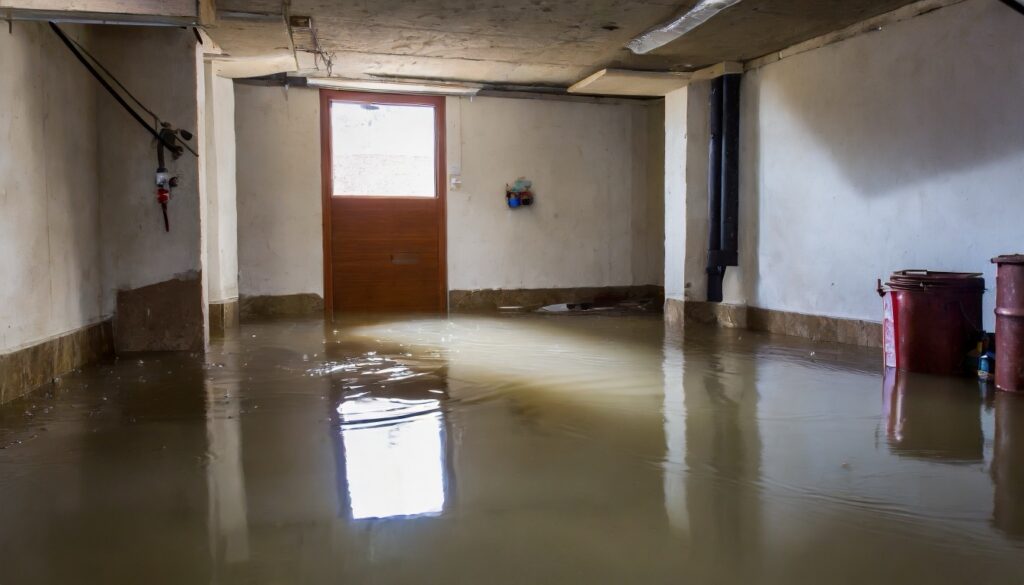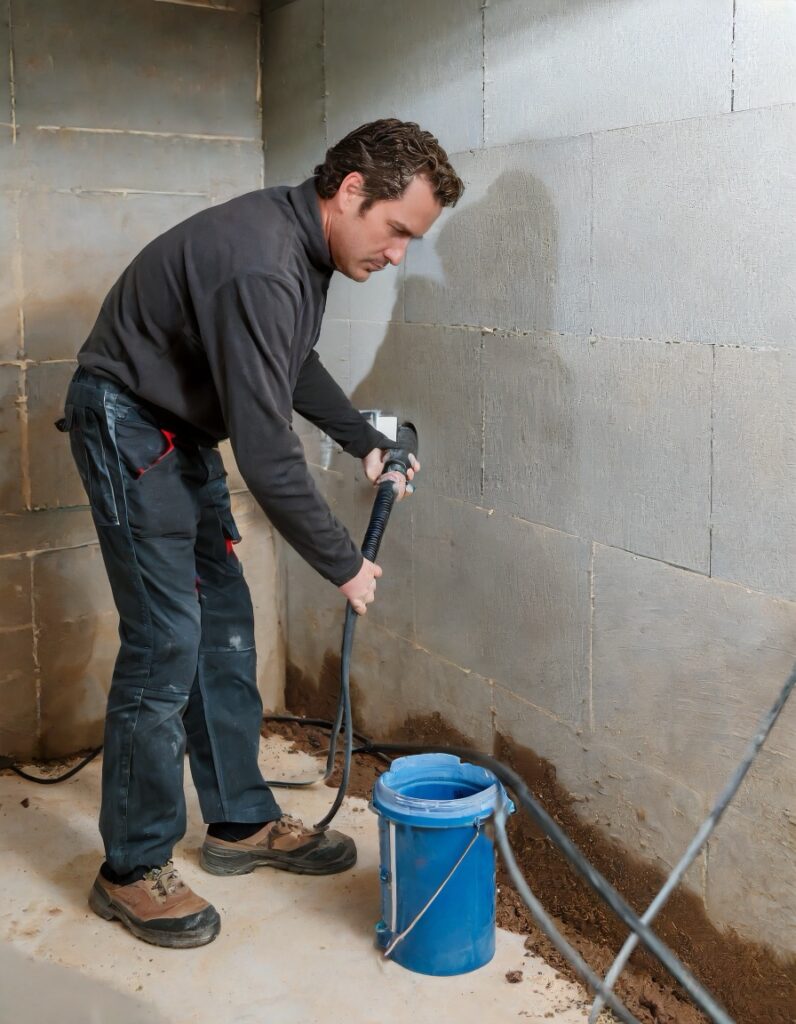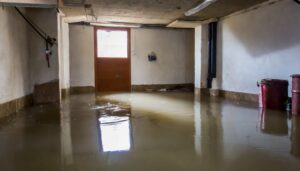
A flooded basement is every homeowner’s nightmare. The sight of water pooling around your cherished belongings, the damp smell, and the potential damage can be overwhelming. But, time is of the essence. The sooner you act, the better you can mitigate the damage and restore your basement to its former glory. This guide provides a step-by-step approach to tackle a flooded basement, ensuring safety, efficient cleanup, and preventive measures for the future. Whether you’re facing minor seepage or a full-blown flood, this guide has got you covered.
Understanding the Causes of Basement Flooding
Before diving into the cleanup process, it’s crucial to understand why basements flood. Recognizing the root causes can help in both immediate response and future prevention.
- Natural Causes:
- Heavy Rain: Excessive rainfall can overwhelm your home’s drainage system.
- Snowmelt: Rapid melting of snow can lead to pooling water around your home’s foundation.
- Groundwater: High water tables can push water into your basement.
- Home-related Causes:
- Poor Drainage: Blocked or inadequate gutters and downspouts can direct water towards your foundation.
- Sump Pump Failures: A malfunctioning sump pump can lead to water accumulation.
- Plumbing Issues: Burst pipes or leaks can introduce water into your basement.
Immediate Steps to Take After Noticing a Flood
When you first notice your basement is flooded, it’s easy to panic. However, following these steps can ensure safety and minimize damage:
- Prioritize Safety:
- Electricity: Before anything, switch off the electricity to avoid electric shocks. If water has reached power outlets, call an electrician.
- Protective Gear: Always wear rubber gloves and boots when entering a flooded area.
- Assess the Damage:
- Document the situation with photos or videos for insurance purposes.
- Inspect for visible damages, especially to walls and appliances.
- Identify the Source:
- Determine if the flooding is due to natural causes or home-related issues.
- If unsure, consider consulting a professional.

Efficient Water Removal Techniques
Water removal is the first step towards reclaiming your basement. Here’s how to do it effectively:
- Wet Vacuums and Pool Pumps: These are efficient tools for removing standing water. Our team at DryCity Restoration uses high-quality devices for such issues.
- Manual Methods: If you don’t have specialized tools, using mops and buckets can still be effective, albeit slower.
- Sump Pumps: For severe flooding, consider renting a sump pump. It can expedite the water removal process.
Tip: Always check hidden spots like behind appliances and under stairs for accumulated water.
Drying and Dehumidifying the Basement
Once the water is out, drying becomes paramount to prevent mold growth:
- Fans and Heaters: Speed up the drying process by placing fans and heaters around the basement.
- Ventilation: Open windows and doors to aid in faster drying.
- Moisture Check: Use a moisture meter to ensure walls and floors are thoroughly dry.
Cleaning, Disinfecting, and Restoring the Basement
After drying, it’s time to clean and restore:
- Cleaning Solution: Opt for solutions containing bleach or similar disinfectants.
- Damaged Items: Remove water-damaged items. Decide what can be salvaged and what needs to be discarded.
- Professional Restoration: For valuable items, consider professional restoration services.
Preventive Measures for Future Flooding
Prevention is better than cure:
- Waterproofing: Consider professional basement waterproofing services.
- Regular Maintenance: Inspect your basement regularly for signs of leaks or damage.
- Sump Pumps: Install a sump pump and a backup generator, especially if you live in a flood-prone area.

Insurance and Financial Implications
Understanding your insurance coverage can save you from financial strain:
- Flood Insurance: Most standard insurance policies don’t cover flood damage. Check if you’re covered.
- Repair Costs: The cost of repairs can vary based on the extent of damage. Always get multiple quotes. You can reach out to our team at DryCity Restoration via 708-575-4343 to schedule an estimate.



